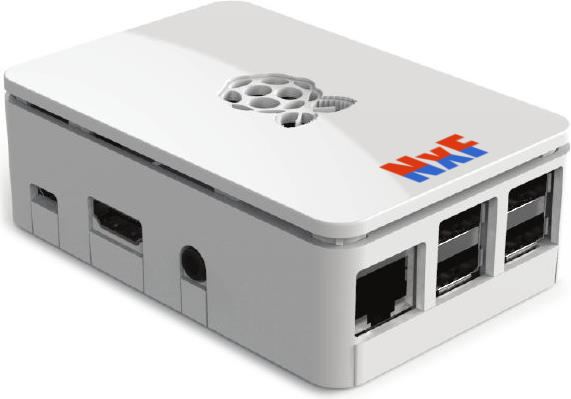

You would need to remove Azure AD Connect and re-install it to select a different group.

Another caveat is that you cannot change this group easily. Unfortunately, this is considered a pilot mode for Azure AD Connect – this means that if you wish to permanently filter objects based on their group membership, you’ll forever be in pilot mode. And lastly, NxFilter keeps only TCP/UDP data.Ĭurrently, NxFilter supports NetFlow v5 only.Microsoft recently made Azure AD Connect generally available and in doing so introduced a method for filtering users based on their membership in a specific group. This is because you are only interested in inboud or outbound traffic to the Internet. This means either the source or destination IP address needs to be a public IP address. Secondly, NxFilter ignores internal traffic. Firstly, either the source or destination IP address of a NetFlow data should be associated to an IP address of a logged-in user on NxFilter.

There are several rules for NxFilter to import NetFlow data. After that, you can set up a bandwidth limit on a policy. And then run NxFilter's built-in NetFlow collector on 'Config > Setup > NetFlow'. To enable bandwidth control, you need to have a router or firewall supporting NetFlow version 5 in your network and you need to make them sending NetFlow data to NxFilter. Since NxFilter uses NetFlow data, you can monitor and block HTTP, FTP, IM, Skype, Torrent and any other protocol working on TCP/UDP. Good thing is that this is not just about HTTP traffic. NxFilter associates NetFlow data to user login IP address and if there is a user consumed up bandwidth over the limit you set on a policy, NxFilter blocks all the DNS requests from the user. NxFilter supports per-user based bandwidth control by utilizing NetFlow data from a router.


 0 kommentar(er)
0 kommentar(er)
